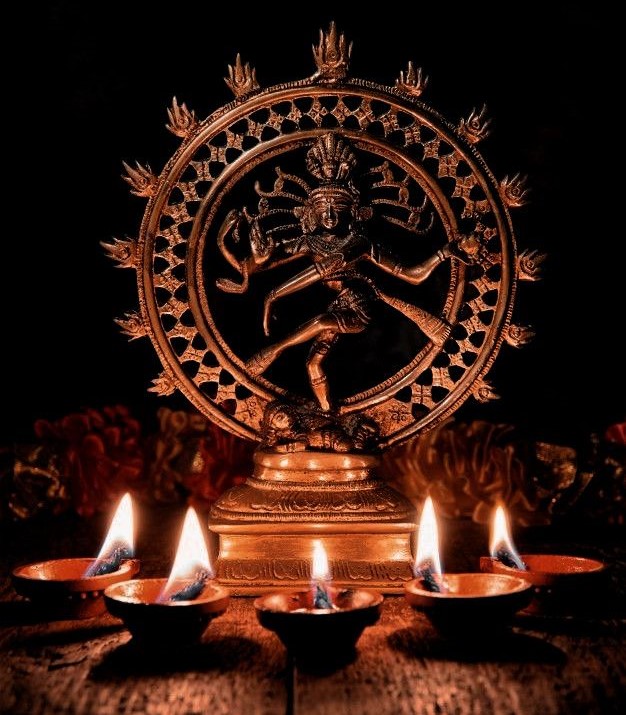Lord Shiva, the Lord of Dance, is the deity embodying creation, preservation and destruction. One of his most iconic representations is the Tandava—an energetic cosmic dance symbolizing the rhythms of the universe.
Story Behind Shiva’s Tandava
According to ancient Shaiva Agamas and Puranas, Shiva’s Tandava isn’t restricted to a single instance. Various texts describe different forms of Tandava, each performed for unique purposes. The most celebrated ones include the Rudra Tandava, performed to express rage and destruction, and the Ananda Tandava, embodying pure bliss and cosmic balance.
Scriptures mention at least 7 forms of Tandava, each tied to significant mythological events. For instance, Shiva’s Ananda Tandava is famously linked to his performance in Chidambaram, a city in Tamil Nadu considered sacred to him. But the exact number of times Shiva has danced is less about counting and more about its timeless symbolism—it’s ongoing, like the universe itself.
Shiva’s Tandava Beyond Mythology
Shiva’s Tandava is not just a mythological dance but a representation of life’s dualities—creation and destruction, joy and sorrow, chaos and order. Every performance reflects profound cosmic truths, offering lessons in acceptance and balance.
Ancient scriptures suggest Shiva performed this celestial dance multiple times, each with a profound purpose:
- Creation Tandava: Birthing the universe with rhythmic movements
- Destruction Tandava: Dismantling what no longer serves existence
- Cosmic Balance Tandava: Restoring Universal Harmony
- Anger Tandava: Revealing divine fury
- Meditation Tandava: Representing inner transformation
Click on this video to explore more about Shiva Tandava.
Feature Image Credit: Pinterest.
